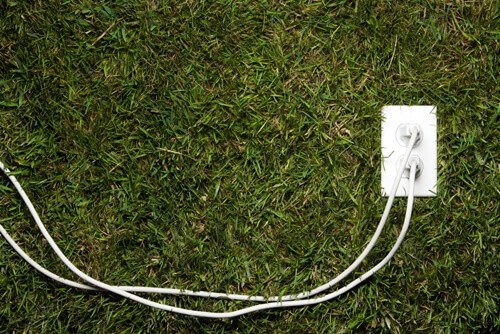
The need for greater energy efficiency has become all too apparent in recent years. Evidence of climate change, soaring electricity bills and a stronger understanding of our impact on the environment have given rise to a range of eco-friendly products and services. What’s more, not only are these developments better for the planet, they’re also lighter on the wallet, with the initial outlay of energy-efficient items far outweighed by the savings in utility costs in the months and years that follow.
As you might have guessed, this need for efficiency extends to building custom homes in Perth and will be reflected in both the overarching design of your home as well as the individual materials you decide to use.
40% of Household Energy Use Comes From Home Temperature Regulation.
There are a number of ways to make your new home more efficient, though perhaps the best place to start would be rethinking how you plan to heat and cool your home. The Australian government’s Your Home initiative found that regulating temperature accounts for around 40 per cent of total household energy use, which makes it the number one electricity drain in the home.
So, how can you improve the energy efficiency of your custom luxury home in Perth?
1. Consider Your Window Options
While some well-chosen windows can improve the overall aesthetic of your home, they can also have a significant impact on the temperature of your home. Around 40 per cent of a home’s heating energy and 87 per cent of its heat gained through its windows, according to Your Home. Weigh up your options carefully and be sure to check the Window Energy Rating Scheme (WERS) before deciding.
2. Decide Which Type of Insulation is Right For Your Home
Insulating the walls and ceiling helps maintain an even temperature by trapping warmth inside when it’s cold and preventing heat from penetrating the home when it’s hot. Of course, building with Exclusive Residence ensures your home is properly insulated but did you know there are a number of different types of insulation? Wool, reflective foil and fibreglass are among the most popular types.
3. Implement Passive Shading
It’s no secret that the Australian sun is scorching, and summer afternoons can turn a poorly designed home into a sauna. Ensure your home is positioned so that it doesn’t attract the burning rays and consider minimising glare by erecting shades over large windows or building extended eaves.
